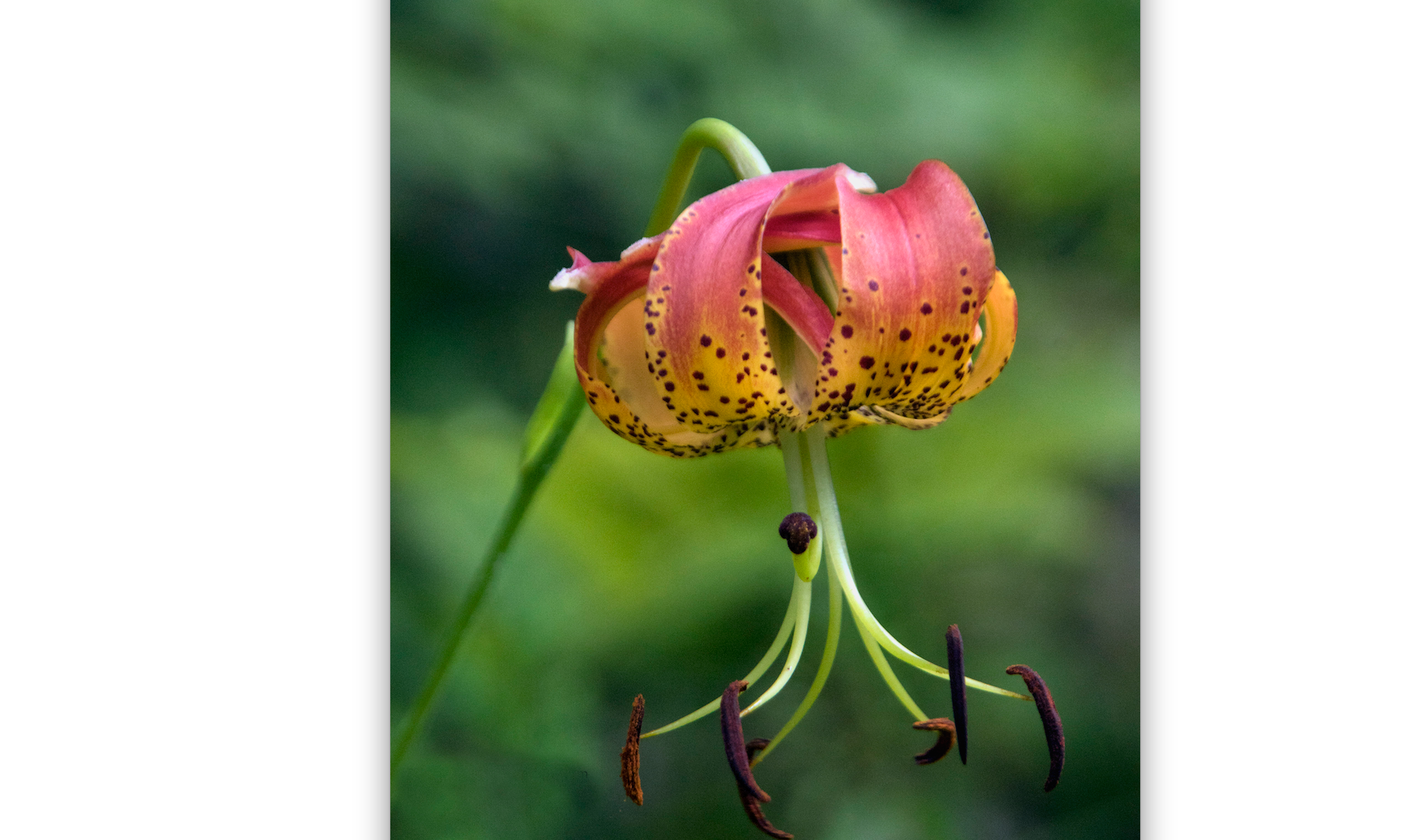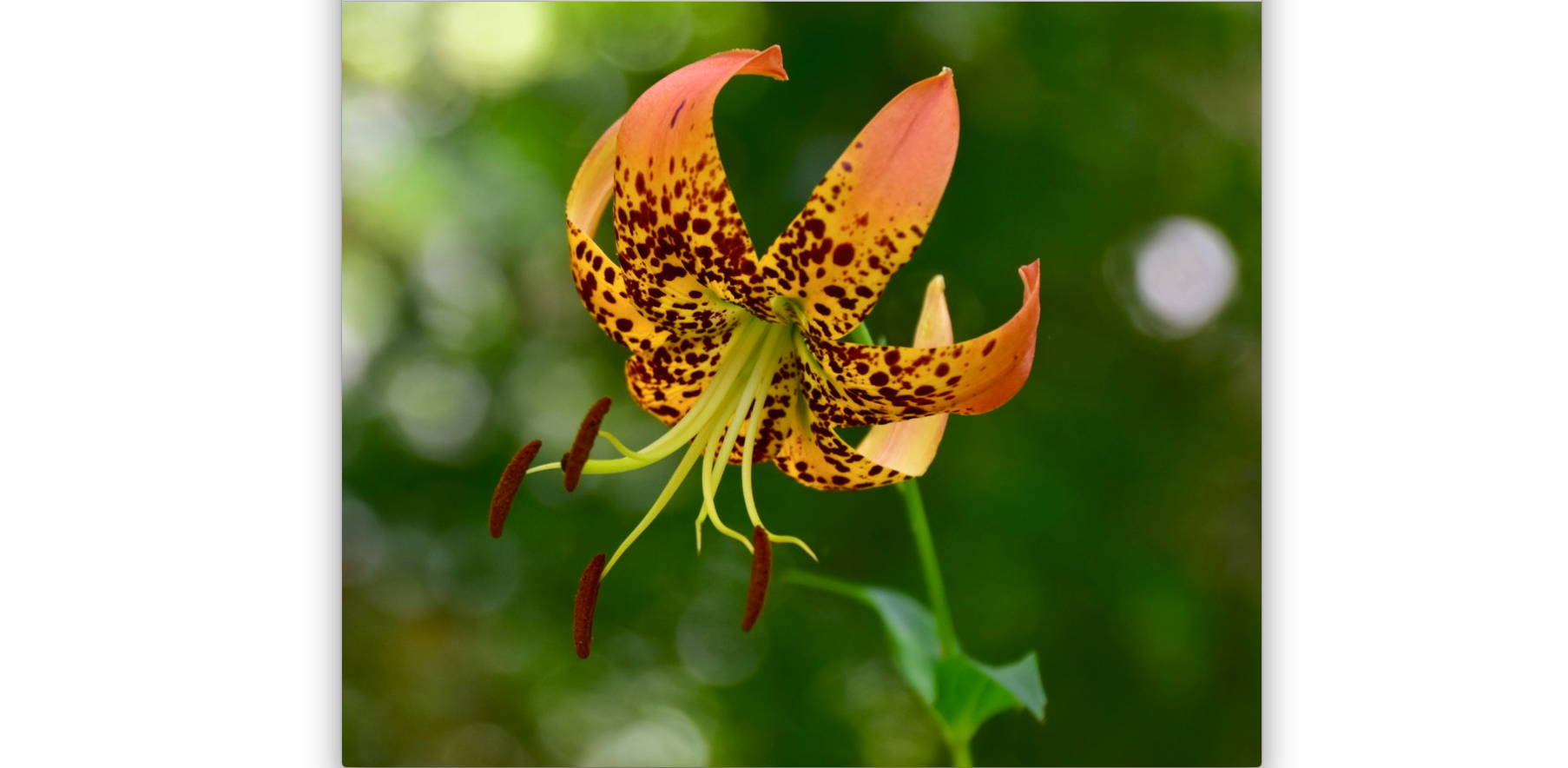Thugs and potential thugs
Published 7:32 am Thursday, September 6, 2018
I’ve been searching for wildflowers since I was about 12 years old. It’s what my dad and I did on Sunday afternoon. One summer when I was visiting my aunt in Lunenburg County, I saw a magnificent lily along Germantown Road, not far from where she lived. It was bright orange and yellow with brownish spots and the most amazing recurved petals I had ever seen. My aunt was driving fast, and we zoomed by the plant before I could shout for her to stop. We went back later that afternoon to look for the plant and eventually located it. Just recently, my husband and I were driving along the same road when I spotted a blur of orange and yellow that looked amazingly like the plant that I saw so many years ago. I walked back up the road that afternoon and there it was, plus another 10 plants, all spread along about a quarter mile stretch of road.
At first, I thought that I had found a Turk’s cap lily – it was the right color, had recurved petals and whorls of leaves – but more in-depth investigation revealed that I had found a Carolina lily (Lilium michauxii), a much less common species. How to tell them apart requires some careful observation because both blooms have six tepals (sepals and petals) that are orange to yellow and recurved. Both blooms also have dark brownish spots on the tepals and are about the same size.
So, what’s different? A little of everything. The leaves on the Turk’s cap lily are longer and narrower than those of the Carolina lily. The Turk’s cap lily can have dozens of blooms on one plant; it looks a bit like a chandelier. The Carolina lily only has one to two blooms. Height is a differentiator too. The Turk’s cap lily can be very tall, up to 10 feet, while the Carolina lily is short, only 1 to 4 feet tall. And then there is the sharply defined green star in the center of Turk’s cap blooms.
Habitat can help identify them too. The Carolina lily is usually found in dry locations with acidic, infertile soil, just like the bank where I found my lily. The Turk’s cap lily is frequently found in clearings, meadows swamps and cove forests, just like the area where I saw one at the Quarry Gardens at Schuyler. It’s all just a matter of observation and considering all the clues. Take your time; look at the details. Just don’t take 50+ years to get the identification right the way I did. Both lilies are beautiful and are wonderful finds. Figuring out which is which is equally satisfying.
Happy hunting.
CYNTHIA WOOD is a master gardener who writes two columns for The Herald. Her email address is cynthia.crewe23930@gmail.com.






